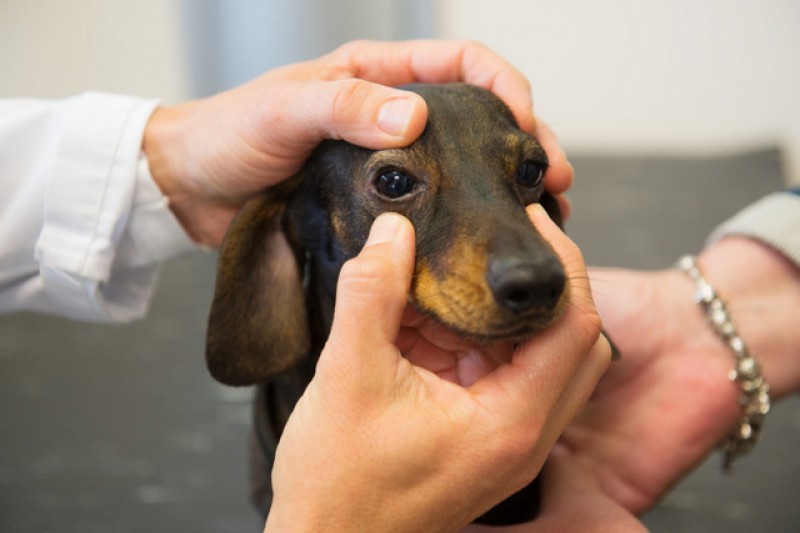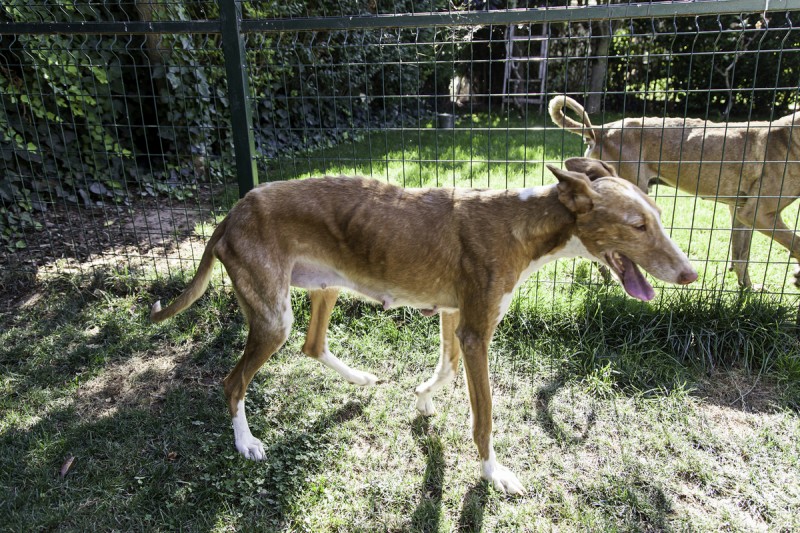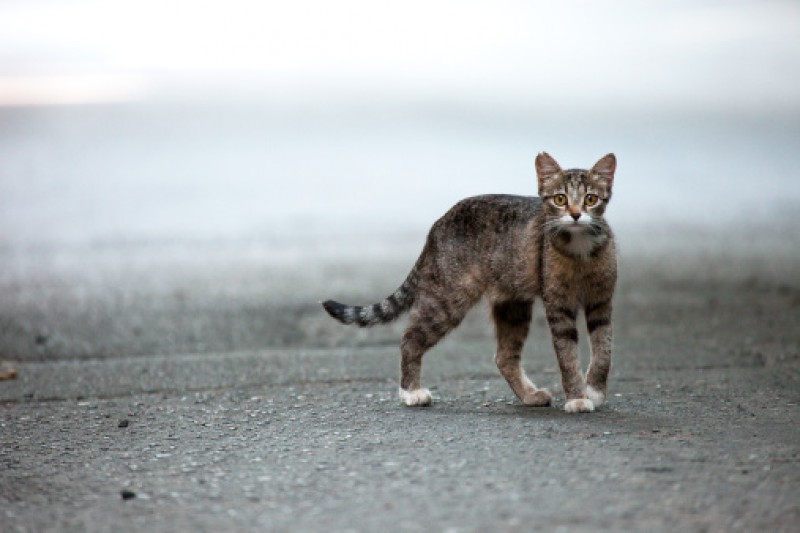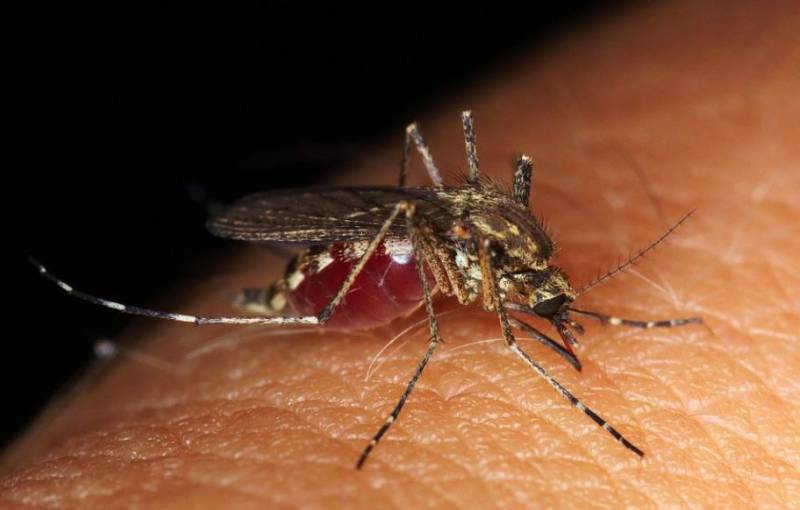
To be listed on the CAMPOSOL TODAY MAP please call +34 968 018 268.
Information for pet-owners moving to Spain or taking on new pets
Basic points to help keep your pet safe and healthy

When moving to Spain it is important to note that there are a number of diseases and dangers for pets that aren't found in most other European countries and of which it is very useful to be aware.
For dogs these include the fatal Leishmaniosis (also called Mediterranean or sandfly disease), Ehrlichiosis (also called Tick Disease), Filariosis (also know as heartworm) and Processionary Caterpillars.
For cats there is feline leukaemia virus and feline infectious enteritis.
Also extra care must be taken when walking your dog in rural areas as hunters and poachers lay poisoned bait to control natural predators such as foxes. Also note that poisoned bait is sometimes found on urbanisations to keep down the feral cat population.

Basic advice: Dogs. All dogs must be micro-chipped by a vet and vaccinated against rabies. When acquiring a dog or cat from a rescue charity it is essential to check whether it has been vaccinated or micro-chipped. Normally this is the case and a basic booklet showing the animal's history will be provided giving all of this information.
It is also highly advisable to buy worming tablets which generally last for three months, take preventative heartworm tablets during the summer and for dogs to wear a collar preventing ticks and sandflies from biting (Scalibor is the best-known and most recommended brand).
When walking a dog in a public place a lead must be used as it is illegal in most municipalities (this is controlled by local by-laws which do vary from one place to another) to walk a dog off a lead in a public place. Dogs listed as being "potentially dangerous" must be muzzled. Some municipalities provide public areas in which dogs can be exercised off the lead, so check with your local town hall if such an area exists in your own municipality.
There are also strict by-laws in some municipalities concerning dog defecation in the street and stiff fines can be issued if your dog leaves a mess in the street. As a dog owner you are responsible for cleaning up after your dog, so always carry a pooper scooper and bag in which to remove the dog mess. In some municipalities thre are "pooper stations" providing bags and gloves, but most people generally take their own. In the last few years local councils have become increasingly intolerant of dog mess and have been waging war on dog poo.
For cats, feline leukemia is the biggest killer and cats can be vaccinated against this disease.It is not mandatory to vaccinate a cat against rabies except if the animal is traveling abroad, although it is highly recommended, and the same is true for other animals.
Monthly flea treatments are essential!

Dogs
Leishmaniosis
One of the biggest problems for dogs in the dry, mediterranean climate of Spain is an often fatal disease called Canine Leishmaniosis. Leishmaniosis is a zoonotic parasitic disease transmitted through the bites of the phlebotomine sand flies and is the third most important disease worldwide.
How is Leishmaniosis spread?
The disease is carried from dog to dog by a microscopic parasite called Leishmania infantum, which is spread by sand fly bites. Dogs can be bitten up to 100 times an hour during the sand fly season, which begins in May and ends in September.
The transmission of leishmaniosis (leishmaniasis) occurs as follows:
A sand fly bites a dog which is carrying leishmaniosis. Later, the same sand fly bites a healthy dog and injects leishmania with her saliva under the skin of the dog. From the site of infection, the "chancre", the leishmania start a development process which passes through several phases until they reach the blood and after an incubation period of between 3 weeks and 3 months (sometimes 3 years), depending on the state of the dogs defense system, the first visible symptoms occur.
The sand fly is active between April and November (during the warm season) and disappears in winter. The sand fly hides during the daytime and comes out late afternoon with the highest period of activity occurring at night between 2 a.m. and 4 a.m. Therefore, dogs who live outside are much more exposed to sand fly bites than dogs who live inside - especially if the house is well protected against mosquitoes with nets and chemical products. The month of August is the worst, and this is when the most sandflies are present.
The main symptoms of leishmaniosis in a dog are:
Skin alterations, eye alterations, weight loss, long growth of nails, swollen lymph glands, liver and kidney disease including failure. Alterations in blood coagulation with anemia, nose bleeding, lameness, chronic diarrhea etc.
The diagnosis of leishmaniosis is mainly by blood test, together with a general clinical check and control of the liver and kidney functions. Other diagnostic tools are: skin biopsy or bone marrow biopsy which are not routinely employed.
Treatment of leishmaniosis in a dog is only effective if begun at an early stage of the infection, better even before they show any symptoms. Therefore, it is very important to make regular blood tests in dogs, once a year and better in the winter months, to find out if the dog was infected during the summer. Early treatment normally avoids symptoms and gives the dog a longer life.
Dogs with mild symptoms can be treated successfully as well, but dogs with serious anemia or serious alteration of liver / kidney function very often cannot be treated successfully.
Prevention of Leishmaniosis
It is very difficult to prevent leishmaniosis 100%, because sand flies are so very tiny they can even penetrate mosquito netting, but there are 3 key points to help avoid risk of infection.
A. Dogs should be kept inside at night to reduce exposure to sand fly bites.
B. Provide your dog with a special anti-sand fly collar which is proven to be more effective than other insecticides. Start in March with the collar application and maintain it until the end of November (ask your vet for the correct collar, although Scalibor is the best-known brand).
C. Vaccinate your pet
Ehrlchiosis or Tick Disease
Ticks hide in well watered gardens and in the bushes and shrubbery of the fields, especially in areas frequented by passing sheep and goats. The female tick of the Rhipicephalus can be a "carrier" of tick disease, she can carry bacteria of the species "Rickettsia", known as Ehrlichia canis in her saliva. Whilst sucking blood from the dog, the tick can infect the dog with Ehrlichia. After a variable incubation period, Ehrlichia reach certain white blood cells (moncytes) which flow in the blood stream and can infect the whole body.
Prevention of Tick Disease
After every walk, examine your dog for ticks. If you find ticks, remove them immediately, the longer the tick sucks blood, the more likely is a following infection with tick disease. Ask your vet how to remove a tick correctly.
In regions where there is a big tick problem, the dog should be protected with special repellent, anti-tick collars or liquids, ask your veterinarian for advice.
If you find a tick fixed in your own skin, remove it immediately with alcohol (of the pharmaceutical variety, NOT gin!) and a clockwise turning movement. NEVER PULL. Then consult your doctor.
Symptoms of Tick Disease
A. High fever and complete weakness after tick infestation.
B. Eye and nose discharge.
C. Loss of appetite, loss of weight.
D. Serious anemia, sudden hemorrhages (bleeding from the nose, the mouth, the intestine, subcutaneous bleeding).
Diagnosis and treatment of Tick Disease
A general check in conjunction with a blood test is the best way to determine Ehrlichia.
In the early stages, the application of a special antibiotic for 10-14 days. In some dogs who have a weak defense system, symptoms can appear so violently that the animal needs intensive care with blood transfusions. If the disease is not detected in time, the dog can die.
Most importantly: PREVENTION. Ask your vet for a suitable collar. These are pricey, but essential.
Filariosis or Heartworm
Filariosis is the so called Heartworm Disease. It is caused by a special parasite which breeds inside the arterial vessels of the host. Transmission occurs from mosquito bites. A lot of mosquito species are carriers of infectious stages of the heartworm. Main victims that are infected are again dogs. Cats do not normally contract it.
Heartworm disease is a "summer disease" as it goes together with mosquito bites. The main season is April until October. Female mosquitoes transmit infectious stages of Dirofilaria in the skin of the host (mainly dogs). From the site of the infection, the small dirofilaria larvae start a subcutaneous migration of several weeks, until they reach the circulation which carries them to their main breeding place, the right heart chamber and the main lung artery. By this time the parasites are starting to cause serious damage to the dog´s circulation system. They cause a bloodstream blockage as they live in the right heart chamber and the main lung artery. In advance cases these problems lead to heart failure and sudden death.
Prevention
Prevention is far better than treatment in this case. Prevention is very easy and saves the dog a lot of problems. There exist several preparations on the market, either topical or oral treatment which is applied once a month (ask your vet) between April and October. They kill the infectious worm stages immediately after the mosquito bite, thus avoiding consequent problems.
Symptoms of Filariosis
Several months after infection, clinical symptoms occur. Chronic cough, loss of energy, loss of oxygen with the lightest of exercise, fever, expectoration of blood, anemia, swelling of the hind legs, ascites (water in the abdominal cave), altered liver and kidney blood values and in severe cases a life threatening heart insufficiency
Processionary Caterpillars
Processionary Caterpillars are so called because they form processions, nose to tail, as they leave the nest prior to changing into moths. They are found in all Mediterranean climatic areas. The "nests" are fist sized or larger balls of spun filaments, usually lodged in fairly high branches of pine trees.
The months from October through to March and April see the time when the caterpillars descend from the cocoon nests and they will then form "processions" in search of soft, warm earth in which to pupate. There can be hundreds of caterpillars nose to tail, winding along roadways, paths, grass, whatever. The caterpillars have poisonous and irritant brittle hairs on their bodies, and are a mottled dull brown with faded yellowish splotches.
For pets, dogs and cats, the problem is that the caterpillars have a bittersweet smell and taste, and both dogs and cats will try to eat them. The results are almost certainly fatal, as little as three or four will kill a medium sized dog, and one may produce death in a cat. The reaction to the poison also causes necrosis of the tongue, and by the time the owner notices the problem, it is usually too late for veterinary treatment to do much except ease suffering.
Do not brush a procession away as this can cause more problems than it solves, spreading the irritation-producing hairs and thus the risk of poisoning actually becomes higher as a result.
Symptoms
Initial symptoms to watch out for in your pet may include vomiting and tongue swelling.
Prevention: KEEP YOUR DOG ON A LEAD, AND AVOID WALKING IN AREAS WHERE PROCESSIONARY CATERPILLARS CAN BE SEEN ON THE GROUND.

Cat Diseases
Feline Leukaemia
This is a very dangerous virus with worldwide distribution. The Feline Leukaemia Virus causes a "slow virus infection", in other words it has a long incubation period before the first symptoms occur. It affects the lymphopoetic system of the body and the bone marrow. Symptoms can be very unspecific like weight loss, swelling of the lymph glands and general depression. It can also cause liver or kidney swelling or a tumor of the thyme in the chest. A blood test very often shows tumorous white blood cells, but sometimes they disappear from the blood and an antibody test is needed to diagnose the disease.
Treatment of FeLV consist of chemotherapy, similar to leukemia in humans, but life expectancy is not long. It is much better to prevent leukemia in cats as the virus is identified and an effective vaccination exists. Prevention is safe and consists of a yearly vaccination.
Feline Immune Deficiency Virus FIV
This virus is distributed worldwide and is advancing in our region. People call it "cat AIDS" because the symptoms resemble human AIDS. No relationship between human AIDS and cat AIDS has been demonstrated. As its name says, this virus affects the cats defense system, exposing the cat to any unspecific infection without the normal function of its defense system, Symptoms are very unspecific like general depression, recurrent high fever, recurrent flu infections, skin infections and after a certain time depending on the cats condition - death. Very often the FIV virus prepares the way for other virus infections such as Feline Leukemia This combination is fatal for the cat in a short time. There is no existing vaccination, although this virus is the most threatening infection today for our cats.

































